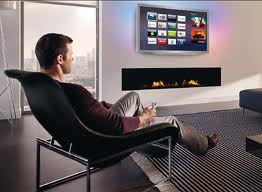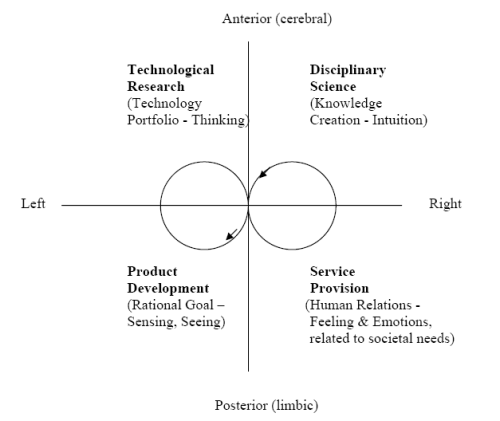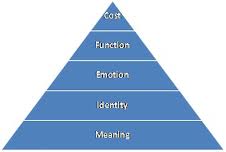I’ve talked about the Smart TV project I have conducted for the past 2 years, SoTV, mentionning:
project I have conducted for the past 2 years, SoTV, mentionning:
- how Smart TV has to centre around the viewer experience;
- what features I expected in our smart TV design;
- why Smart TV was meaningful for the future of Television;
- how Openness was our founding belief in designing our Smart TV, and that the pop-up book was our metaphor.
Now that’s the project has come to a succesful design, it’s time to draw a few lessons that I would like to replicate in the next assignments. In a nutshell, my key words would be: Belief, Open Platform, Iterative Approach, and customer Experience Design.
- A clear intent and a strong belief are definitely a must-have to start: like faith, they keep you in the right direction all the way long. Our belief in Openness, meaning TV experience opening doors to Internet content & services, in a blended navigation, was strong and lasting. Belief is a common basis to build on the team identity, and it facilitates a common language to streamline knowledge circulation. Knowledge circulation is the cornerstone of an innovation project as Berkhout scheme illustrates it through its cyclic networks (2000, dynamic role of knowledge innovation).

- An open platform is the second powerful item we leveraged on: it brings you a lot external skills and expertise, and a culture of diversity which is at the basis of creative tension. In our case, technology and technical support were brought by Intel Smart TV, user research and Geneviève Bell team shared with us the vision that Smart TV is firstly TV, bold interactive design was completed with Possible Worldwide, formed of Schematic and chief creative officer Dale Herigstad. We had people coming from all over the world, London, Los Angeles, Portland, San Francisco to work with our team in our small Parisian facilities. The difficult part is to include the miscelleneous representatives in the team work, to make them feel they are project owner too, while they keep a sense that corresponds to their own mission. Once the framework is clear and shared, it’s really pleasant and amazing to see collective intelligence at work. At the end, our innovation also included open doors for further third party development (co creation through app development displayed on the TV App Store), and end-user enrichment and personnalisation, shaping a rewarding service: the more you engage in your Smart TV, the better the system gets for you.

- Iterative approach was our third guideline: rather than looking for comprehensive achievement from the start, we cut the project issues into pieces that we called Proof of Concept: each of them was on a 4 months period that would close with a user test in France and in the UK, and it encompassed concurrent engineering made of graphical design and technical implementation in our Smart TV device. This continuous loop or “rugby approach” between design and technique was key. When you have numerous features to complete, and mixed experiences (Internet, TV, On-Demand, Gaming, Social …) to build, you might be surprised by the exponential number of features you wish to set-up: it’s easy to lead up to a plate of spaghetti, with too much of everything and everything overlapped. Deciding which challenges we wanted to address, and what was the focus of each Proof of Concept was a great help. Starting with a modest approach helped us to better listen to customers feedback, and to reorder things with no regret like we did following first POC. Should we had gone the long way and presented the complete product to end-users, it would have been much more difficult to update design orientation. Iterating also provides you with a feeling of confidence as you built on each former POC, similar to a ratchet effect preventing reverse motion.

- I like how Deepa Prahalad summarizes the issue of design and innovation: “A great idea remains just that until it is manifested into a design that motivates people to use it. The bar for usability is very high in developed markets because of an abundance of choice and competition. A great interface, ease of use and a pleasurable consumer experience help break through the noise.” Customer experience design, not only the design of the product, but moreover the effect that the service would produce, its meaning, were constantly in our mind as we wanted to keep TV as an emotional and heedless, playful lean-back experience.
Be aware that these innovation weapons are of no use if the team can not rely on an environment of trust and fairness. Management accountability is more than ever necessary to provide continuous sponsorship and “let go” attitude to develop co-leadership, autonomy, and risk-taking culture: let the team lead the team, and it will find successfully its innovation path.


14 Comments